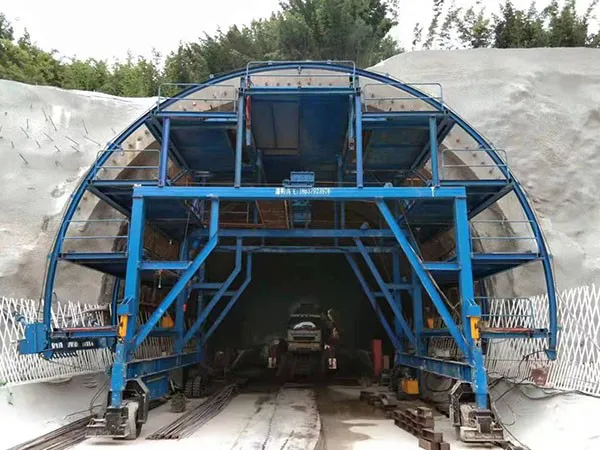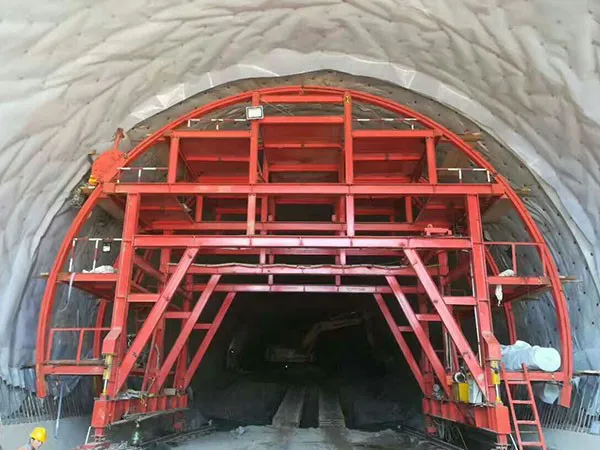Lining trolleys, primarily used in tunnel construction for the secondary lining process, are critical pieces of equipment that ensure the quality, efficiency, and safety of concrete lining. Their design specifications are complex and tailored to the specific demands of tunneling projects.
Lining Trolley Design Specifications

I. Core Functions and Types
Before diving into specifications, it’s crucial to understand the fundamental roles and variations of lining trolleys:
Primary Function: To support the formwork (shuttering) for cast-in-place concrete linings, or to position and install precast concrete segments for the inner wall of a tunnel. They help achieve the required surface shape, size, and finish of the tunnel lining.
Types (based on functionality, tunnel shape, and construction method):
Cast-in-Place (CIP) Trolleys: Most common, these carry large steel formwork sections. Concrete is pumped behind the formwork, and once cured, the trolley strips the formwork and moves to the next section.
Full-Round Formwork Trolley: For circular or near-circular tunnels, supporting the entire cross-section (invert, walls, arch).
Arch (or Crown/Sidewall) Formwork Trolley: For horseshoe or D-shaped tunnels, where the invert is cast separately.
Telescopic Formwork Trolley: Sections retract inwards for efficient movement through previously cast lining.
Precast Segmental Lining Trolleys (Segment Erectors): Used in TBM (Tunnel Boring Machine) tunnels, they transport, position, and install precast concrete segments.
Self-Propelled vs. Towed: Some have their own drive systems, others are moved by external machinery.
Rail-Mounted vs. Wheeled: Depending on the tunnel floor conditions and required stability.

II. Key Design Specifications and Considerations
The design of a lining trolley must balance structural integrity, operational efficiency, adaptability, and safety.
…
For more detailed information on the design specifications for lining carts, please click here:https://www.gf-bridge-tunnel.com/a/blog/lining-trolley-design-specifications.html

